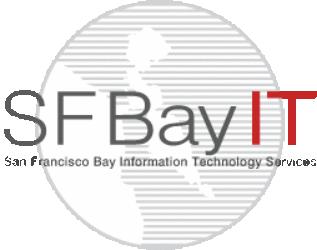- Increasingly, Robots of All Sizes Are Human Workmates
Even conventional industrial robots are becoming safer to work around, making them more likely to collaborate with humans.
Most industrial robots are far less friendly than the Roomba robot vacuum cleaner, which is safe enough to be a surprisingly popular means of feline transportation. Industrial robots often sit behind metal fences, their mechanical arms a blur of terrific speed and precision; to prevent serious injury to humans (or worse), these robots are normally shut down when anyone enters their workspace.
- 10 Breakthrough Technologies 2014
- SpaceX Brings a Booster Safely Back to Earth
The successful test of a soft touchdown demonstrates a capability that could cut the cost of space launches significantly.
Space Exploration Technologies, or SpaceX, took a step toward making spaceflight less expensive by reusing its rocket boosters during a mission on Friday to the International Space Station. The Falcon 9 rocket used for the mission, dubbed Commercial Resupply-3, or CRS-3, was the first to fly with landing legs, and was the first to successfully perform a controlled ocean splashdown.
Digest powered by RSS Digest

